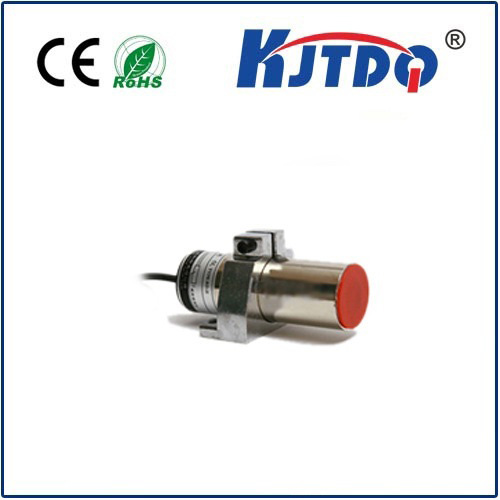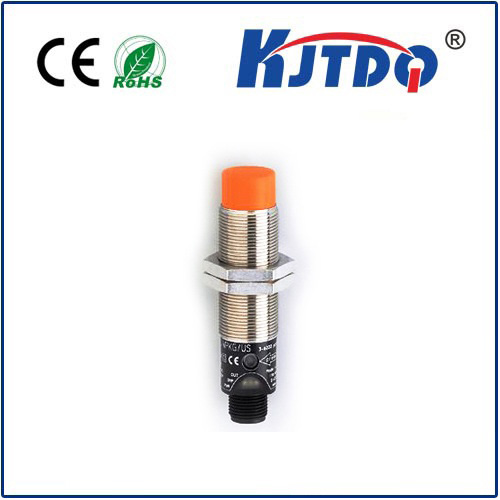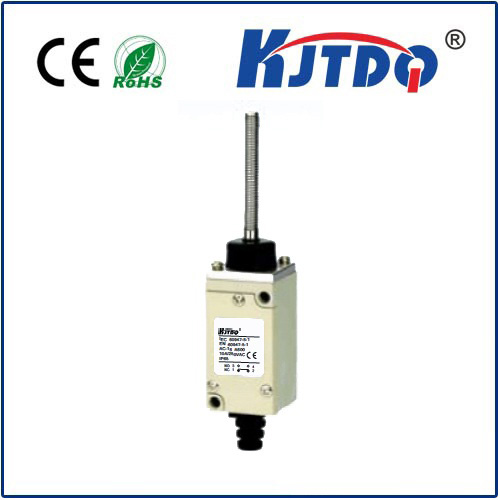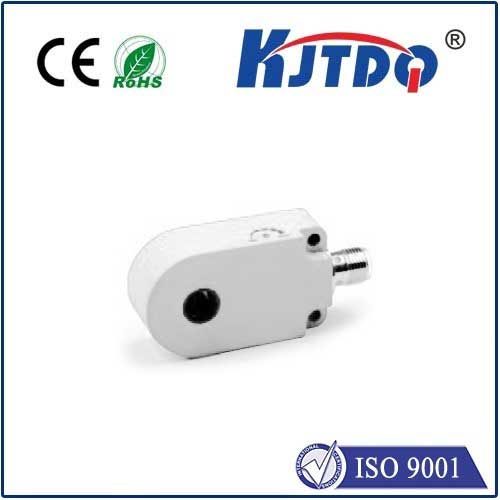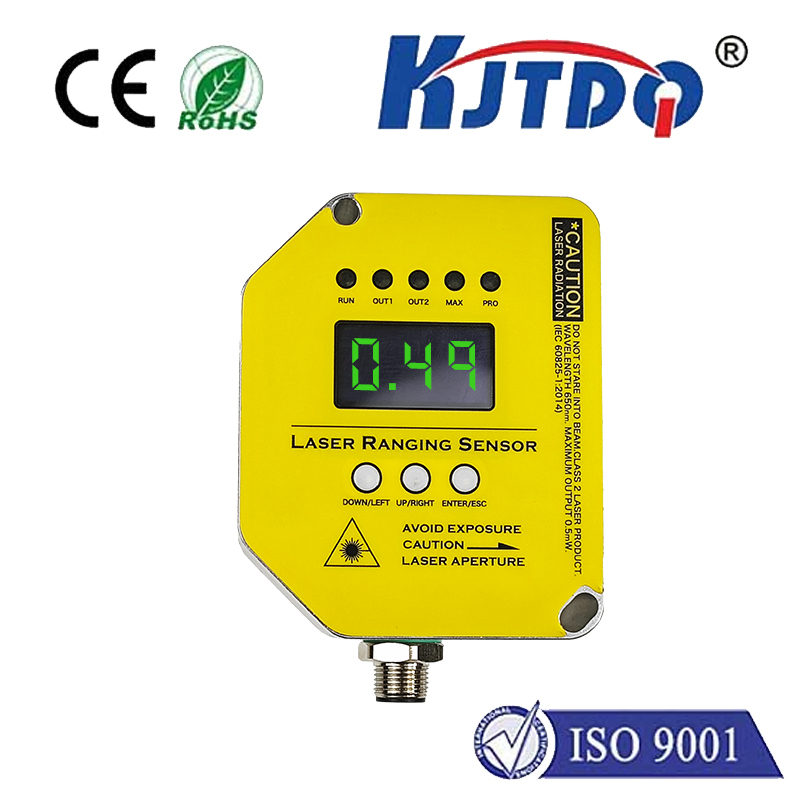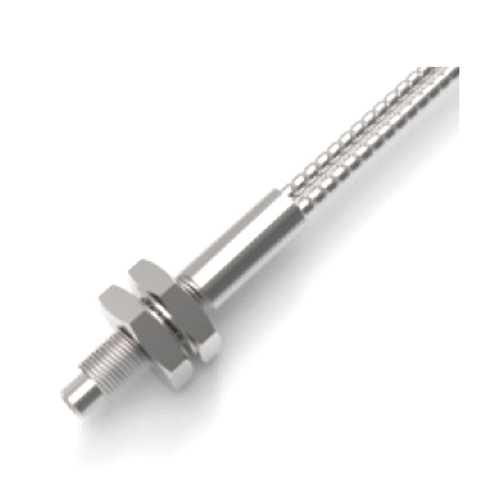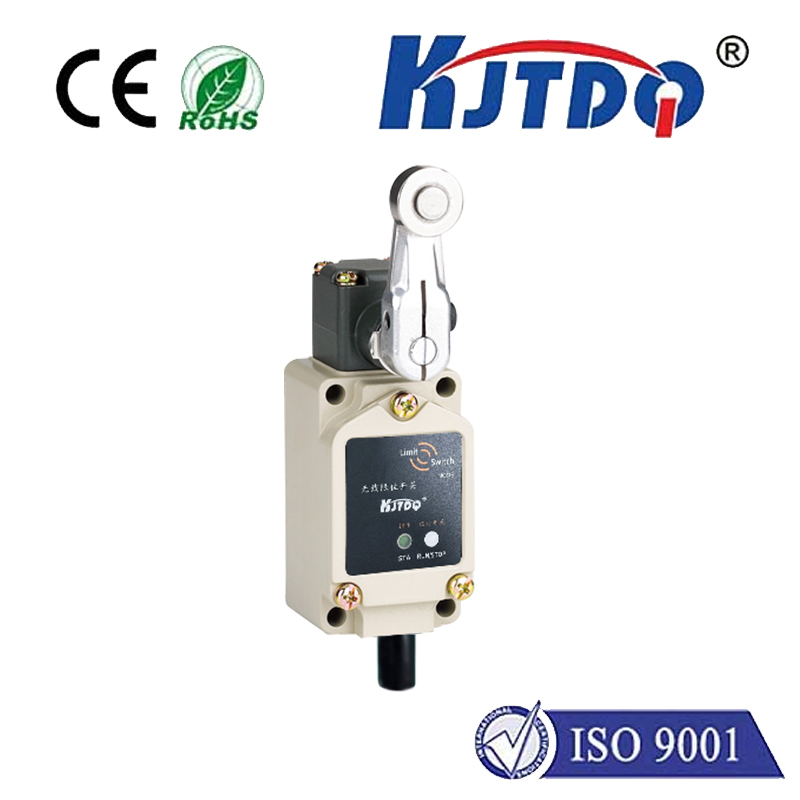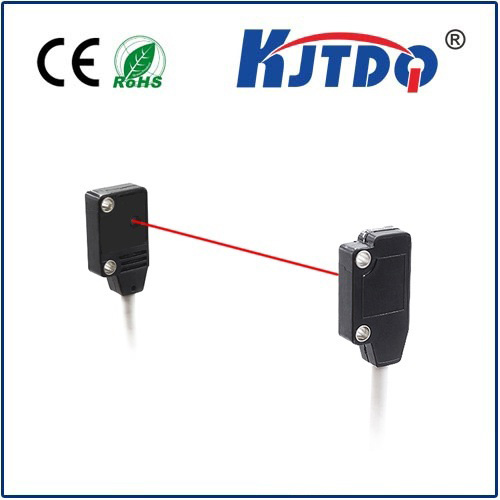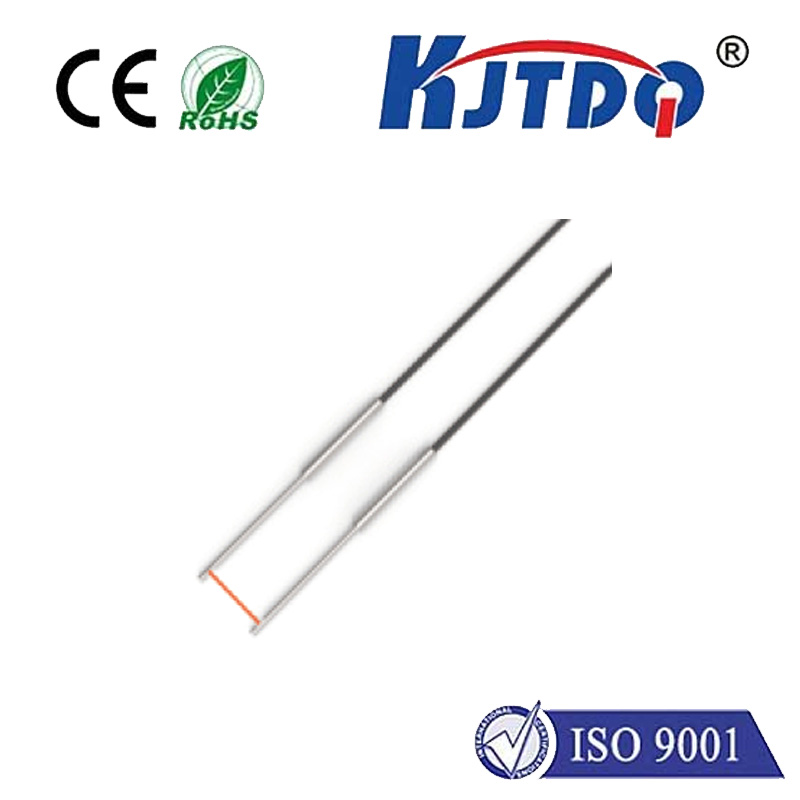Различные типы фотоэлектрических датчиков
- time:2025-07-25 05:01:07
- Нажмите:0
Navigating the Light: Understanding Different Types of Photoelectric Sensors for Smarter Automation
In the intricate dance of modern automation and control systems, sensors serve as the essential eyes and ears. Among the most versatile and widely deployed are Фотоэлектрический датчик. These devices leverage the properties of light – typically infrared, visible red, or laser – to detect the presence, absence, distance, or position of objects without physical contact. This non-intrusive nature makes them incredibly valuable across countless industries, from manufacturing and packaging to food processing and logistics. But not all photoelectric sensors are created equal. Choosing the right Тип hinges on understanding their distinct operating principles, strengths, and limitations.
The Core Principle: Light as the Messenger

At their heart, all Фотоэлектрический датчик operate on a simple concept: an emitter sends out a beam of light, and a receiver detects changes in that light beam. The specific nature of how this beam is projected, reflected, or interrupted defines the Тип датчика and determines its suitability for a given application. Let’s delve into the primary types:
- Through-Beam Sensors (Opposed Mode)
- Principle: The simplest and often most robust design. This system consists of two separate units: an emitter and a receiver, positioned directly opposite each other. The emitter continuously projects a beam of light to the receiver. Detection occurs when an object physically breaks this beam, causing the light signal to the receiver to drop below a set threshold.
- Key Advantages:
- Longest Sensing Range: Capable of reliable detection over very long distances (often tens of meters).
- High Immunity to Object Characteristics: Performance is largely unaffected by the object’s surface color, texture, reflectivity, or material, as it relies solely on beam interruption.
- High Reliability: Excellent resistance to ambient light interference and electrical noise due to the strong, direct signal path.
- Disadvantages:
- Installation Complexity: Requires precise alignment of two separate components across the detection zone, which can be challenging in tight spaces.
- Higher Cost: Involves purchasing two separate units.
- Requires Mounting on Both Sides: Not always feasible if only one side is accessible.
- Ideal For: Detecting large or opaque objects over long distances; applications where reliability is paramount despite challenging mounting; high-speed counting or registration.
- Retro-Reflective Sensors (Reflex Mode)
- Principle: Combines the emitter and receiver into a single housing. A special reflector, typically a prismatic corner-cube reflector, is mounted opposite the sensor. The sensor’s emitted light beam travels to the reflector and is bounced straight back to the integrated receiver. Detection occurs when an object interrupts the beam path between the sensor and the reflector, preventing the light from returning.
- Key Advantages:
- Simpler Installation Than Through-Beam: Requires alignment with only one target (the reflector), simplifying setup compared to through-beam.
- Moderate Sensing Range: Shorter ranges than through-beam but longer than typical diffuse sensors (meters).
- Эффективность затрат: Uses a single sensor unit plus a relatively inexpensive reflector.
- Disadvantages:
- Sensitivity to Shiny Targets: Highly reflective objects (like mirrors or shiny metal) near the sensor might reflect light back to the receiver, potentially causing a false “no object” signal. Some models feature polarization filters to mitigate this, only recognizing the polarized light returned by the specific reflector.
- Reflector Required: Needs a clear line of sight to the reflector.
- Ideal For: Applications with good mounting access on one side; detecting objects where through-beam alignment is difficult; medium-range detection tasks.
- Diffuse Reflective Sensors (Proximity Mode)
- Principle: Also combines the emitter and receiver into a single housing. Instead of relying on a separate reflector, this type detects light reflected directly off the surface of the target object itself. The emitted light beam hits the object, and some portion is diffusely scattered back to the receiver within the same housing. Detection is triggered when the reflected light intensity exceeds a preset threshold.
- Key Advantages:
- Simplest Installation: Requires only one device mounted on one side of the detection zone. No separate reflector needed.
- Compact Size: Generally the smallest form factor.
- Disadvantages:
- Shortest Sensing Range: Significantly shorter range than through-beam or retro-reflective types (typically centimeters to a meter).
- Highly Sensitive to Object Properties: Performance is heavily dependent on the object’s color, surface texture, reflectivity, size, shape, and angle. Dark, matte, or non-reflective objects are harder to detect reliably.
- Susceptible to Background Interference: Objects beyond the target or highly reflective backgrounds can reflect light back, causing false triggers or inability to detect correctly.
- Ideal For: Detecting objects at close range; situations where space is limited; presence detection where mounting reflectors or opposing sensors isn’t feasible; detecting objects where background suppression techniques can be applied (see below).
- Background Suppression (BGS) and Foreground Suppression (FGS) Sensors
- Principle: These are sophisticated subtypes of diffuse reflective sensors, designed to overcome the inherent limitation of standard diffuse types being fooled by background reflections. They utilize triangulation principles.
- BGS (Background Suppression): Focuses on detecting objects up to a preset maximum distance (the background suppression point). Objects beyond this point are ignored, even if they reflect more light than the target. Prevents false triggers from backgrounds.
- FGS (Foreground Suppression): The inverse of BGS. Ignores objects closer than a preset minimum distance (the foreground suppression point), detecting only objects beyond this point. Useful for seeing past obstructions like conveyor side rails.
- Key Advantages:
- Consistent Detection: Highly reliable detection regardless of varying object colors or complex backgrounds within the suppression zone.
- Fixed Field Boundaries: Creates defined “windows” of detection, crucial for precise positioning or size verification.
- Disadvantage:
- More Complex Setup: Often requires teaching or adjustment to set the precise suppression point(s). Can be more expensive than standard diffuse sensors.
- Ideal For (BGS): Detecting objects on a conveyor belt against a potentially reflective background; sorting objects by height; ensuring consistent bottle fill levels. Ideal For (FGS): Detecting objects on a conveyor past guide rails; monitoring pallet positions in racks; applications where close proximity obstructions exist.
Choosing the Right Photoelectric Sensor Type: Key Factors
Selecting the optimal Фотоэлектрический датчик requires careful consideration:
- Required Sensing Distance: Through-beam > Retro-reflective > Diffuse/BGS/FGS.
- Installation Constraints: Can both sides be accessed (Through-beam), or only one? Space availability?
- Object Characteristics: Color, surface finish, reflectivity, material (opaque/transparent), size. Diffuse sensors are most affected; Through-beam least affected.
- Presence of Background/Foreground Objects: Determines if standard diffuse, BGS, or F

